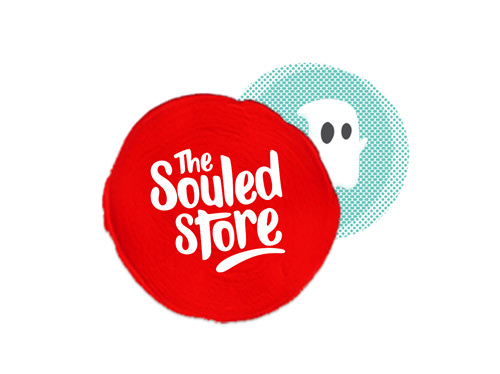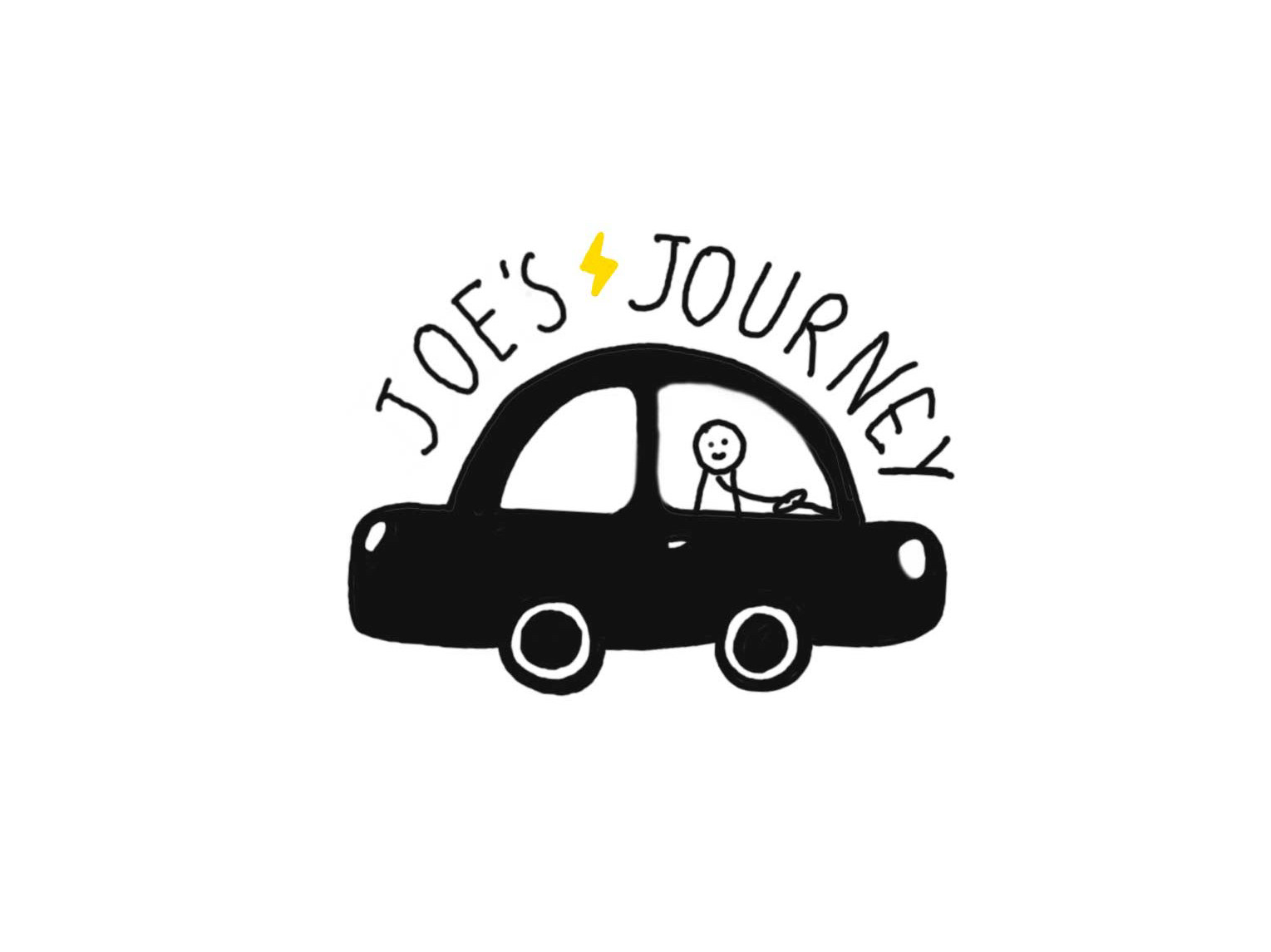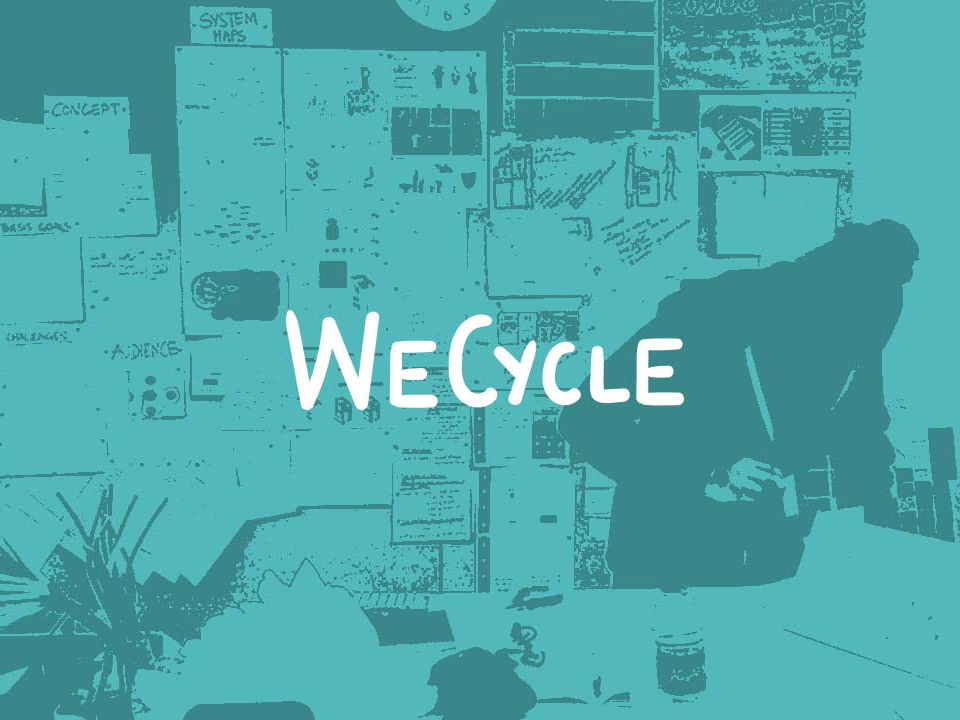American Airlines - Manage Bags
An in-app feature (concept) for American Airlines to help travelers prepare, manage and track their luggage from one place, to improve their travel experience.
CONTEXT
This was an interface design concept project I worked on under the guidance of my interface design professor Evan Carpenter Crawford, and with the help of critiques with my classmates Alicia Secord, Brendan Quinn, Ke Xu and Yu Wen Wang.
The project duration was 5 weeks and I was responsible for the entire UI process which included contextual research, personas, user journey, use cases, wireframes, user flow and the final prototype.
BACKGROUND
Baggage anxiety is an integral part of the airline travel experience. It begins when travelers purchase their tickets, selecting from the detailed and often confusing options and sizes available.
It continues during packing where travelers contemplate items that may or may not be confiscated at the airport, and spikes at the security check, when agents call travelers out by their carry on to investigate and confiscate suspicious or banned items.
It builds slowly while they wait at the edge of the conveyor belt, scanning every object that is dropped onto it after an exhausting journey.
It finally peaks at the edge of an almost empty conveyor belt when they realize their luggage might not arrive at all.
Baggage anxiety is a product of lack of information and knowledge regarding travel luggage options, requirements and location.
Conde Nast Traveler reporter Barbara S Peterson reports that checked luggage is a multibillion-dollar business for airlines. Despite all that money and fewer checked bags—some 26 million suitcases go missing each year.
According to Air Travel Consumer Report, American Airlines was the only airline to report an increase in lost or mishandled luggage, with 876,125 lost or mishandled luggage in 2018.
(Report by US Department of Transportation - American Airlines lost baggage data : 4.3 bags/1000 passengers, 203.75 mil passengers IN 2018).
Airline travelers also often have items of emotional value like homecooked meals, fruits, souvenirs confiscated at varied airports due to the countries’ banned items regulations. Travelers are expected to be informed about the acceptance of these items beforehand but these regulations are frustrating to navigate and are different for each country and baggage option.
Baby walkers, spices, poppy seeds, chewing gum, fashion magazines, over the counter medications, cigarettes, pepper spray, ball point pens are just a few of the many common items that are banned form entering various countries.
Baggage options often display graphics and measurements in text which makes determining luggage dimensions a physical measuring task. This burdens the user with varied calculations to prepare for the travel and takes the focus away from the travel itself.
PROTO PERSONAS
Light proto-personas helped keep the project focused on the user. I created them based on the different purposes of travel which impact the baggage requirements and experience of the travelers. They helped determine the goals that the user needed to accomplish.
The following are the basics tasks that the user must accomplish to manage their baggage requirements:
•Choose from baggage options based on prices and personal requirements
•Pack according to baggage limitations and airport regulations
•Check bags in at the airport
•Scan every bag at baggage claim to locate own bags
•Keep track of all luggage
•Report lost bags to airlines
I analyzed how baggage information can be accessed currently on the American Airlines app to discover opportunities to improve the experience. Below are some of the sketches on screen shots I took of the app.
insight
Baggage options, restriction and location accesses are scattered throughout the American Airlines App and can be exhausting to navigate for users.
American Airlines rolled out a feature to track bags using bag tag barcodes, to help travelers see where their bags are throughout different checkpoints. Access to this feature is below the main landing page and though extremely useful, it can give information about the bags location only with respect to checkpoints it passes.
Baggage restrictions and options are very tricky to find on the app. They fall under the 'About the App' option which is misleading and non-intuitive. Further it takes about 10 steps and ample of reading to find the information on restricted items and additional baggage options and fees.
Baggage requirements and options are displayed in a non-responsive tabular format which are time and attention intensive to navigate.
USER JOURNEY
I captured the cumulative experience of my personas into one user journey, to determine the main user pain points and opportunities, that could be leveraged to improve the baggage experience of the American Airlines.
The user encounters various pain points throughout their baggage journey with the airlines. Lack of clarity on important baggage information gives rise to user errors and taints the experience. The information is scattered through various digital channels and difficult to navigate for the user adding to their concerns and increasing their biocost.
OPPORTUNITY
Streamline user baggage management by allowing users to track, verify and manage their bags from one place and making information access more intuitive.
BENCHMARKING SOLUTIONS
I looked at what was already available in the market addressing baggage issues and new technology that could be leveraged to make user tasks of verifying items and measuring bags more intuitive.
Kayak - Bag Measuring Tool
(Above) Kayak bag measurement tool
Kayak added a bag measurement tool to their travel app that enables users to measure their luggage dimensions and determine if it complies with airline baggage policies. The tool compares all airlines’ baggage policies in one place and compares its measurements against them.
Tile - Bluetooth Tracker
(Above) Tile tracker and app
Tile tracker is a bluetooth device that can be used to locate luggage or other personal items it might be attached to within 30 - 100ft distance. It allows you to use the "tile network" which means that other tile users can anonymously tell if when they are near your device.
TSA - Restricted Items Database
(Above) Screenshot of the TSA database
TSA displays a detailed database of restricted items that you can search through or scan through and determine whether an item is accepted or not. It also informs users about specific conditions under which items are allowed. The database is helpful but exhausting to navigate with 460 items listed over 46 pages.
Each country has its own regulations regarding restricted items and can be tedious to navigate for each journey.
Google AutoML Vision - Object Detection
(Above) Image Source: cloud.google.com
Google AutoML Vision is a machine learning model builder for image recognition, offered as a service from Google Cloud. Its machine learning code allows anyone to provide tagged images for training the computer vision, to recognize and categorize images based on its learning. This technology can be useful in eliminating manual scanning of databases to determine item restrictions based on country regulations.
SOLUTION
IDEA - Manage Bags Section
Manage Bags is a feature in the American Airlines app, that streamlines the baggage management experience by allowing users to track, verify and manage their bags all from one place, with respect to their context.
TRACKING
In addition to the barcode tracking of bags, bluetooth tracking devices can be paired with the app to notify them when their luggage is within 30 - 100 ft. This provides the user with the precise location of their luggage averting theft and eliminates the user's effort of scanning each bag.
VERIFYING
Google AutoML can be leveraged to allow users the capability to simple take a picture of their luggage items and verify its acceptance status. It compares the recognized objects against the restricted items database of the respective countries they are traveling to. This eliminates the need to navigate policies and restrictions and provides context specific information to the user.
MANAGING
Baggage allowances can be checked with respect to user's booked trips and verified for dimensions using Google AR measurement tool on the app. Users can also view charges applicable and have the capability to add more bags as per their requirements.
BUILDING USE CASES
I used the UML use case diagram as inspiration to sketch my use cases based on user and system goals. This exercise help focus the scope on the most important steps the user must take to accomplish their goals.
These use cases were then translated into sketches and lo-fi wireframes to build out the interface.
User goal use cases helped focus on the steps the user needed to take to accomplish their goal. They were the starting point for the interface. They were edited to better fit the user's context after critiques with Evan Carpenter and my fellow classmates.
SKETCHES & WIREFRAMES
I sketched out the wireframes to quickly capture the use cases into screens and later dived into Adobe XD to create lo-fi wireframes.
I translated these sketches into wireframes on Adobe XD for quick iterations. The wireframes were edited based on critiques with my classmates and Evan Carpenter Crawford. The intricacies of the interface started surfacing in the iterations, and after reaching a satisfactory framework, I worked on the user flow for the feature.
PROTOTYPE
Once the user flow was finalized through critiques and discussions, I started building out a clickable prototype on Adobe XD. I used the existing American Airlines app UI elements and design style for this prototype.
Reducing separation anxiety
Using a bluetooth tracker, users can locate their bags with precision and avoid loss or theft. Activating the ringer can
The tracker notifies users when their bags are close by, to take away their effort of constantly scanning the baggage carousel.
Users can also tap into the community network of these trackers to locate their bags if they aren't close to them. Any tracker that is close to the bags notifies the user of its location anonymously. This further improves their chances of finding their bags.
Context based verification
Image recognition and AR technologies allow users to verify their bag size and bag items based on regulations and policy just by clicking a picture.
The app scans policy and regulation databases with reference to the users' trip details, so the user need not read through it, saving them time and effort.
It notifies the users restriction status of items they wish to pack for the trip, and allows them to look up the item in the database manually in the case of a scanning error.
Context based allowance
Instead of reading through the complex baggage allowance tables, users can now simply enter their trip details to check the corresponding allowance and add bags to view additional bag prices.
They could pay for the bag online in case of domestic flights or pay while checking in.
User Test
User testing the prototype revealed that connecting the bluetooth tracker could be more straightforward and should reveal itself as an option prior to tracking selections.
The user found entering trip details for each feature redundant. They expected the details to be saved for all options once entered. The user could be requested to enter their trip details at the launch of the feature itself, saving them from the redundant effort.




